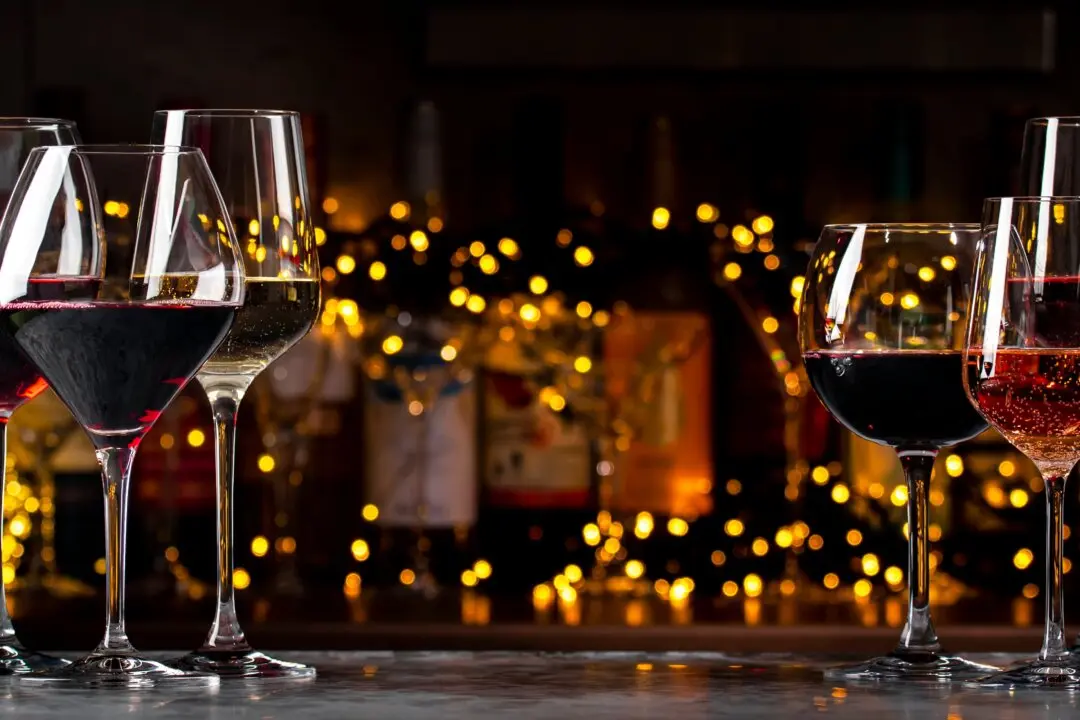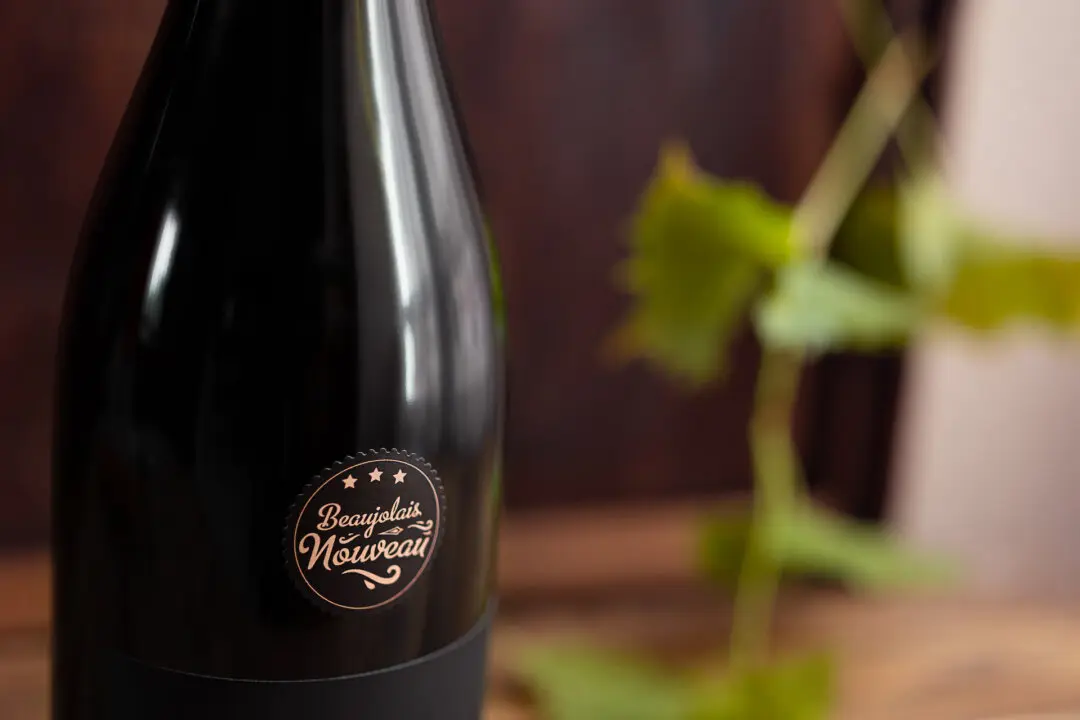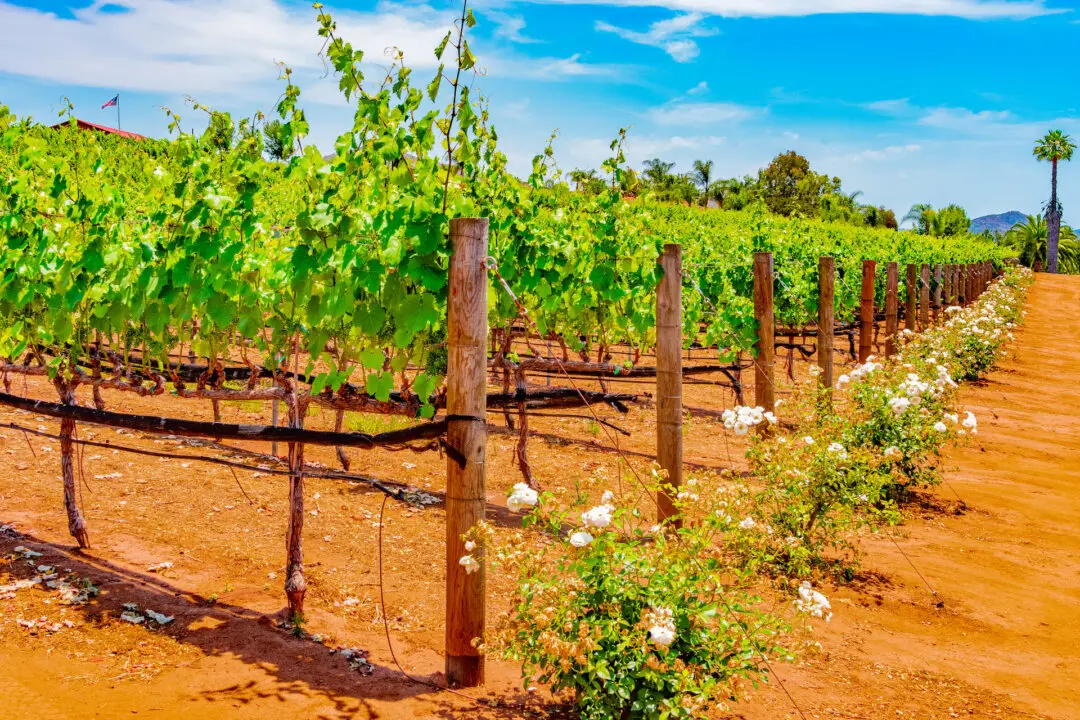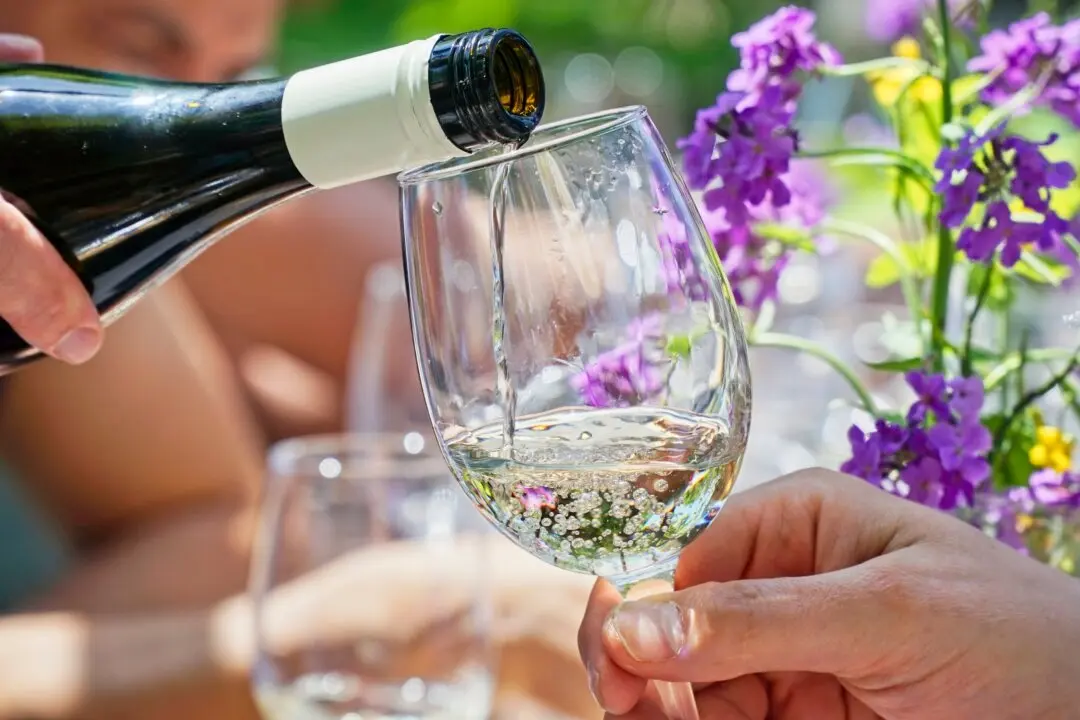Dear Dan: A good friend hosted me for a birthday dinner, and the elegant table was set with crystal stemware—but the wine he served was sealed with a screw cap. Should I be offended?—Wine Novice
Dear Wine Novice: Have you been living in Siberia for the last 50 years? Around 1970, screw caps were associated with cheap wines, derelicts, brown bags, and gutters. But soon, wineries around the world began hearing about the real reason screw caps made a lot of sense.





